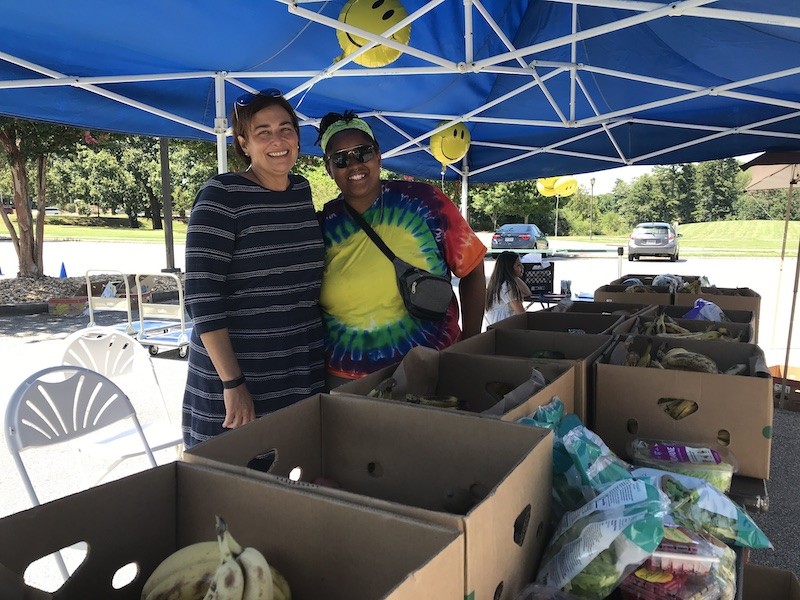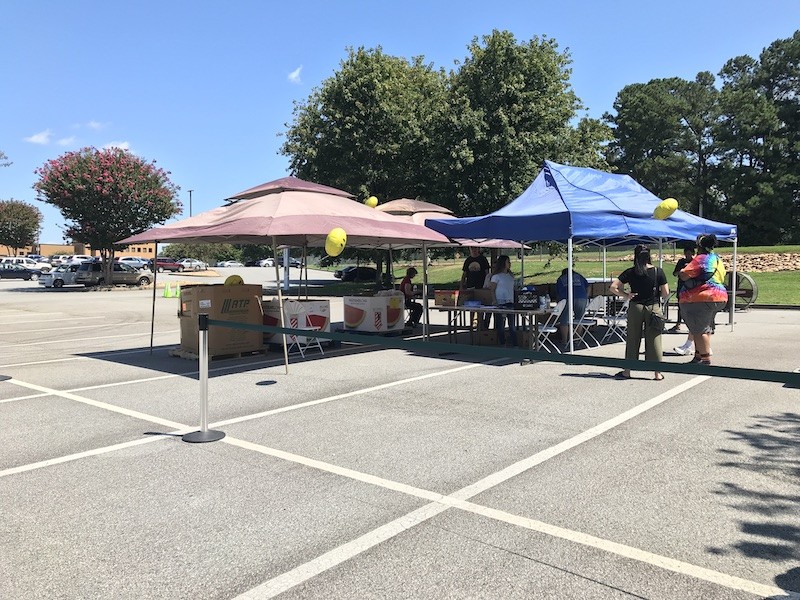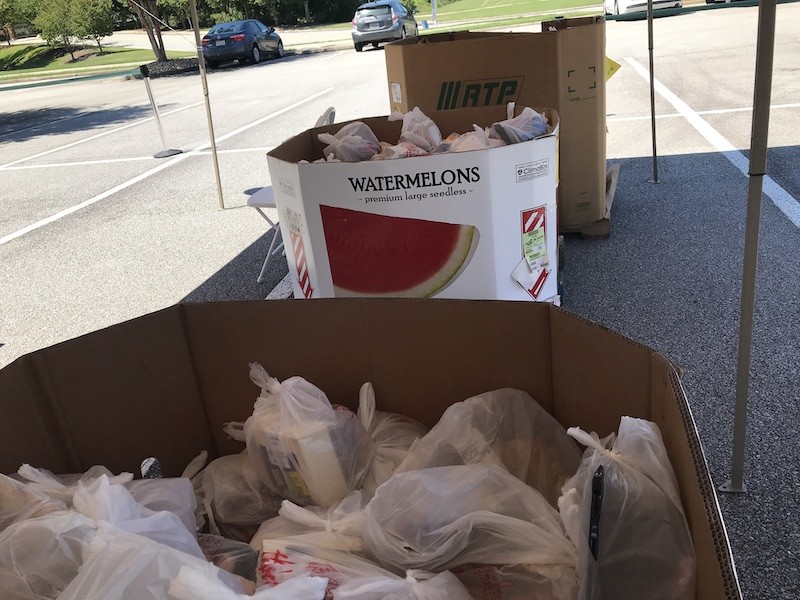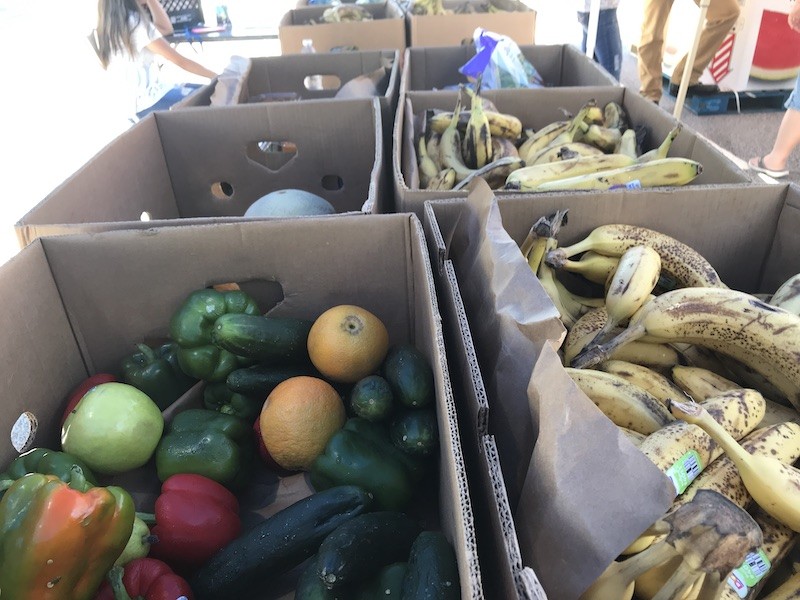A food pantry on the Gainesville campus of the University of North Georgia is no longer limited to its operating hours or room at the student center after organization. For the second time, a team of students and volunteers have organized a grab and go style option for students, faculty, staff and community members.
“The concept is to serve as many people as well can. It came about to celebrate the three years the food pantry has been on our UNG campus - the one on Gainesville’s is the first ever in all of UNG history,” said Domini’que Allen, Assistant Director. Allen was the one who came up with the idea for the drive-thru style pantry.
“We basically just have an intake form, where it asks basic stuff like your name, your zip code, how many people are in your family, your ethnicity and your age range. That’s just to give us demographics.”
Some items, like meat, bread and non-perishable shelf staples were pre-packaged in grocery bags, allowing students and others to just grab a bag of each and then select whatever produce they wanted.
“We want to make it as quick and easy and seamless as possible,” said Allen
The food pantry was developed at the Gainesville campus after Dr. Carly Redding noticed students were going hungry. The pantry expanded from a shelf of food in her office to now in a new, larger space - room 341 - in the Student Center.
Allen credited her success to Dr. Redding. “She gave my something to be passionate about. I started out at the food pantry as an intern.”
Allen and Redding both said the numbers of people needing the food pantry was growing.
“It’s good and bad that we had to do that (expand) and that we have to have the service, but we’re very fortunate that we’re able to provide for the students,” said Redding. “The overall statistic for Georgia is one in five, I would say it’s probably the same if not greater for college students. There tends to be a lack of resources in the community for college students, people don’t associate college students with need.”
The Gainesville campus does not have a traditional set up, with dorms and a large cafeteria. Redding said some students will come and get a few things from the pantry for all sorts of reasons, whether they are homeless and get something for the day, or those who will get what they need for the week.
“I would say on average right now we serve 65 or 70 people a month,” said Redding. “We’re just coming off the summer and we tend to have lower numbers in the summer just because there are less students on campus.”
Redding said the mobile food pantry allows the food pantry to open what they had to everyone in the community and not just students, faculty and staff like the pantry typically caters to.
As for the future, Allen said they have no reason to slow down. “To continue, to expand, to grow, to serve more people, that’s as far as I can see,” Allen said. Roughly 250 people came out to the first food pantry and they expected about the same turnout this time.












